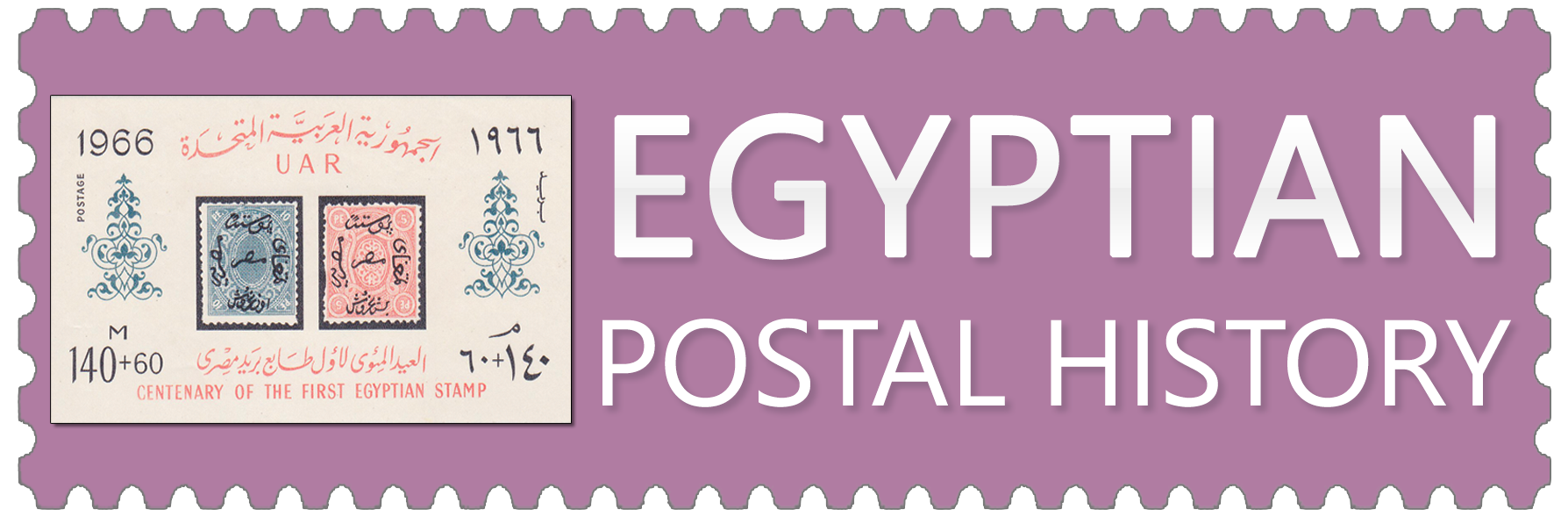Rashid city traces its name back to the ancient Egyptian "Rakhitt" which became "Rashit" in the Coptic era, when the Rosetta Stone was found. Thanks to the finding of this stone, it was possible to unlock the meaning of ancient Egyptian writing. The stone dates back to 196 BC, and was recorded in the Minutes of The Installation by the priests of King Ptolemy V, in recognition of him as king of the country. Rashid was an independent governorate in the past, and the city today is characterized by its architectural heritage and uniquely decorated historic buildings. The city is considered to be a museum of Islamic architecture, ranking second, after Cairo, in the number of Islamic monuments it contains which date back to the Mamluk and Ottoman era. The city of Rashid is famous for its history of struggle when its citizens defeated the first British invasion of 1807. Its commercial sector weakened, however, during the era of Muhammad Ali Pasha, after the digging of Mahmudiya Canal. It was also neglected for the duration of the British occupation of Egypt.
The city is known for producing dates, and is home to a million palm trees. It is also famous for its manufacture of baskets and cages made from waste palm fronds, and for rice milling. It also produces salted fish and has a thriving fishing industry. Its large fleet of fishing vessels plies the Nile River and the Mediterranean Sea. In the city there are forty workshops that make a thousand yachts a year which are exported to other Arab States.
Qaitbay Citadel is located on the western shore of the Nile and was established by Sultan Qaitbay in 901 AH. It is similar to a fort in its square shape and four circular towers. Surrounding these towers are trenches which were found when the Rosetta Stone was discovered by an officer named Bouchar who was part of the French campaign in 1799. The Rosetta Stone was deciphered by a Champollion scientist.
There are many and varied Islamic monuments in Rashid. Abbasi Mosque was established by Muhammad Bek Tabozadeh in 1224 AH and is located on the shore of the Nile, south of Rashid. It was built with a brick trim and has a minaret next to it; the dome is of great beauty. Al-Mahla Mosque was the second mosque to be built in Rashid, and is wider than Zaghloul Mosque by 6 doors and includes a library full of Islamic books and manuscripts. The mosque is attributed to Mr. Ali Al-Mahla, who died and was buried in Rashid in 90 AH.
Abu Shahin Mill was constructed in the 13th century AH (19th century AD) and built by Osman Agha El-Tobgy. It was used for grinding grain, and is a double mill with wooden gears which were turned by cattle. The Bath of Azzouz was the first appearance of Roman baths in Egypt during Roman times. There were steam baths, massage, and the treatment of some diseases such as arthritis. All the floors of this bath were made of marble and its ceiling was a circular dome, parts of which were interspersed with glass of different colors.
Ancient Homes of Arabs
Kola - Rashid Museum - Kohah Home, built in the 18th century AD.
Home of Mahram
This home was constructed in the 18th century AD.
Alwan House
The meeting of Ahmed Arabi Pasha, leader of the Arabi Rebellion, was held at Alwan Bek, the largest house in Rashid, in 1881 AD.








